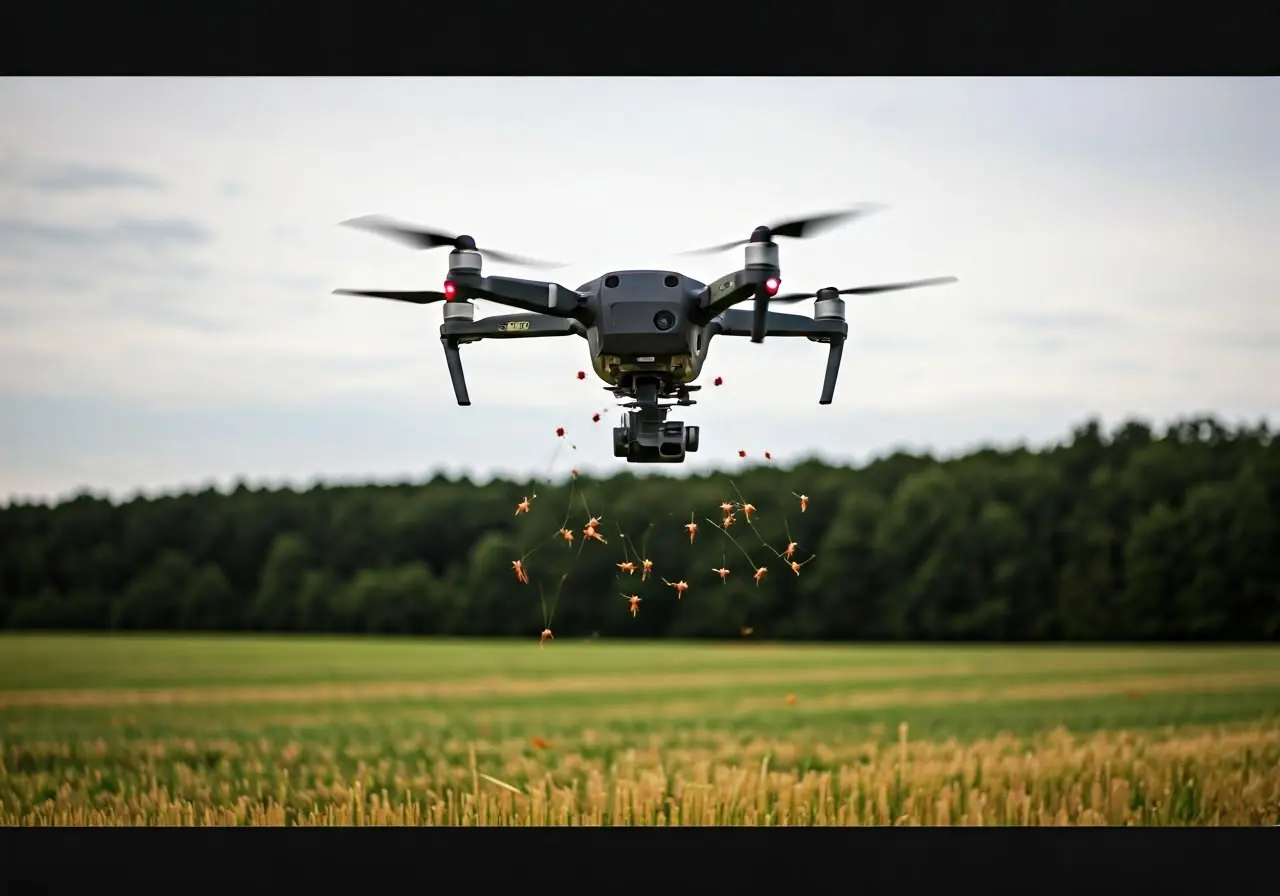
How Can Drone Planting Increase Farm Efficiency?
Share
In recent years, technology in agriculture has taken a giant leap forward with the advent of drone planting. This innovative approach helps farmers save time, reduce costs, and increase productivity on their farms. In this FAQ blog, we’ll explore how drone planting can elevate farm efficiency by addressing common questions and highlighting key benefits.
What is drone planting?
Drone planting involves using unmanned aerial vehicles (UAVs) to distribute seeds across fields. This method leverages advanced technology to enhance precision and efficiency in the planting process.
A primary benefit of this approach is its ability to cover vast areas of land quickly, which is especially useful for large-scale farms. By using UAVs, farmers can adopt a more targeted approach, tailoring seed distribution to specific soil conditions and crop needs.
This method integrates seamlessly with other technologies such as IoT sensors, enabling real-time data collection and analysis. As a result, farmers gain valuable insights into soil health, moisture levels, and crop conditions, which further refines the planting process.
How does drone planting improve seed distribution?
Drones can fly over fields and identify optimal planting areas using sensors and GPS technology. This ensures uniform seed distribution, minimizing waste and enhancing crop growth potential.
The precision offered by drones allows for better management of seed rates, which is crucial for maximizing yield. As drones map out fields, they consider various factors such as terrain variance and soil fertility, adjusting planting patterns accordingly.
Can drones reduce labor costs on farms?
Yes, drone planting significantly cuts down the need for manual labor, allowing farmers to allocate resources more efficiently and focus on other critical tasks around the farm.
With drone technology, the reliance on heavy machinery and large farm crews is reduced, leading to lower overall operational costs. Maintenance costs for drones are typically less than those for traditional equipment, offering farmers additional savings.
Moreover, tasks such as monitoring crop health, scouting fields, and applying fertilizers can also be managed with drones, further reducing the requirement for human intervention.
Are there environmental benefits to using drones for planting?
Drone planting can reduce soil compaction and minimize the carbon footprint associated with traditional machinery. This eco-friendly approach also leads to better soil health and sustainability.
By using drones, the use of fertilizers and pesticides can be more precisely controlled, reducing the environmental impact. This precise application helps avoid over-fertilization and run-off, promoting a more balanced ecosystem.
What are the potential challenges in adopting drone planting?
While drone technology offers numerous benefits, challenges such as initial investment costs, regulatory issues, and the need for technical skills can impede widespread adoption. However, overcoming these barriers can lead to significant long-term gains.
Farmers must also consider the learning curve associated with operating drones and integrating them into existing farm practices. Investing in training and potentially outsourcing management to tech-savvy individuals may be necessary to fully realize the benefits.
Embracing the Future of Agriculture
Drone planting is not just a futuristic concept; it’s a practical solution that addresses many contemporary farming challenges. By bringing speed, precision, and cost-efficiency to the table, drones offer a promising avenue for modernizing agricultural practices and boosting farm yield. As technology continues to evolve, integrating drones into planting processes will likely become a staple in sustainable farming strategies.

